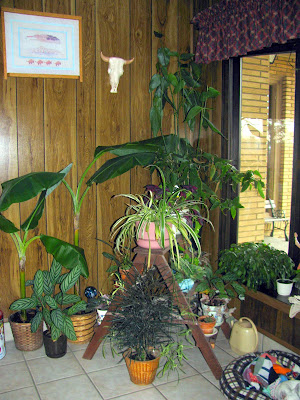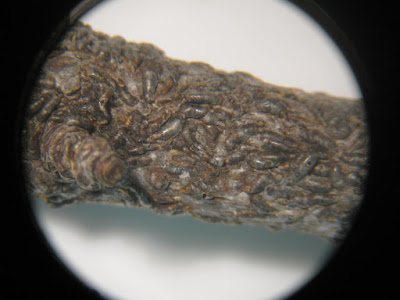Valentine’s Day is just around the corner. Do you have flowers ordered for your loved one? Flowers are a great way to communicate your love and affection. Over the years, flowers have developed meaning and are known to convey a special message.
Flowers can represent everything from friendship to true love. Chrysanthemums show friendship. Gardenias represent secret love. Lilies are a traditional wedding flower and mean chastity, innocence, and purity. Give a primrose to say, “I can’t live without you.” Another popular wedding bouquet flower is the Stephanotis to show happiness in marriage. Tulips are given to the perfect lover and more specifically a red tulip declares your love. Finally, orchids are commonly given as corsages to show love and beauty.
 |
| Rhonda Ferree's wedding bouquet (with her niece Tiffany) |
But no other flower shows more meaning than a rose. According to the Rose Information Bureau, each rose color has a special meaning. All roses symbolize love, but certain colors of roses can take on special meanings. What’s more, when several colors in various stages of bloom are combined in one arrangement, your floral bouquet can speak a whole sentence instead of just one thought. Here are some of the most widely accepted meanings for different rose colors, blooms, and arrangements:
- Red roses show love, respect, or courage
- Yellow roses represent joy, gladness, or freedom
- Pink/peach roses exude gratitude, appreciation, admiration, or sympathy
- White roses demonstrate reverence, purity, or secrecy
- Two roses joined together display engagement
- Red and white roses together prove unity
Additionally, rosebuds say, “You are young and beautiful.” A single rose stands for simplicity. In full bloom, it means “I love you” or “I love you still,” and a bouquet of roses in full bloom signifies gratitude.
Happy Valentine’s Day everyone!
Originally Published in Canton Ledger Column on 1-30-16









